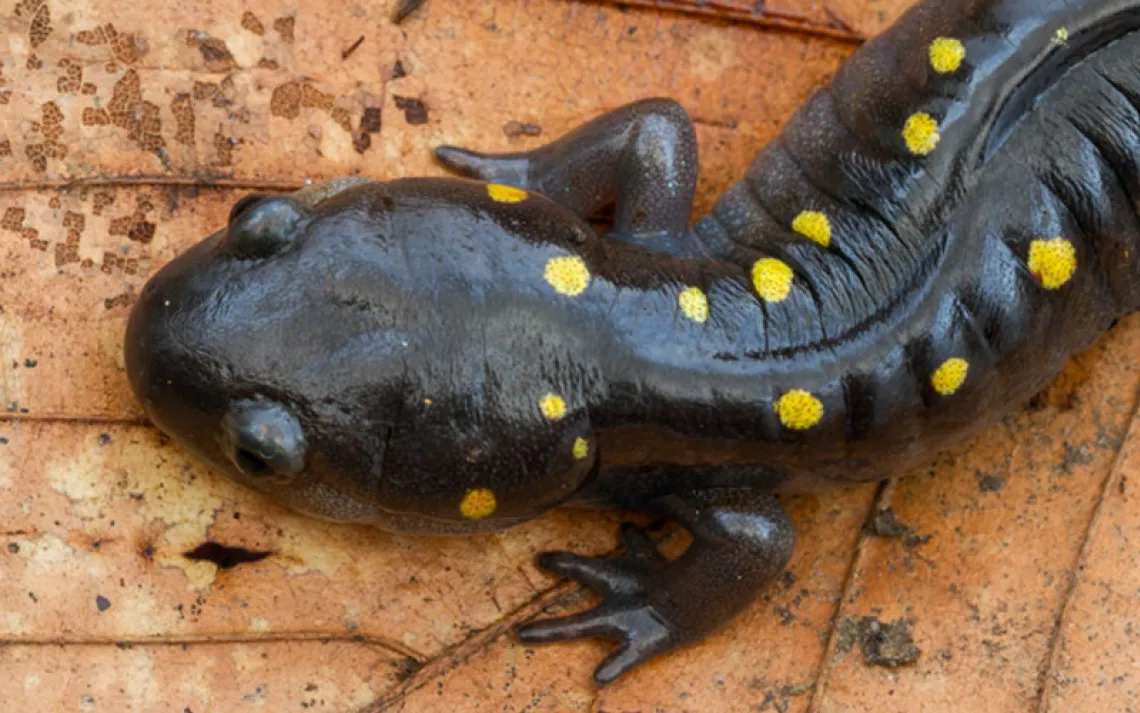Itty-Bitty Reindeer
Svalbard's diminutive reindeer—just the right size for a polar bear snack

Photo by Roland Seitre/Minden Pictures.
You might think that Svalbard reindeer, one of the world's smallest varieties, are textbook examples of insular dwarfism, the tendency for animals to shrink in size over time when restricted to small areas—like the Svalbard archipelago in the Norwegian high Arctic.
But while Rangifer tarandus platyrhynchus's legs are shorter than standard-issue reindeer gams, the long, shaggy fur necessary to weather boreal winters 650 miles from the North Pole makes the animal appear even shorter and fatter than it actually is. Real fatness occurs only during the brief summer. In winter, the reindeer paw at the ice in hope of finding a bit of dead grass. If they fail, they die; the leading cause of mortality in Svalbard reindeer is starvation.
The rapidly warming Arctic may help in this respect, as summertime forage is becoming more plentiful and the reindeer population is booming (even with a limited local hunt, allowed for locals since 1983).
On the other hand, declining sea ice means that polar bears are having difficulty maintaining their favored diet of seal, and some evidence suggests that they are finding reindeer to be a tasty alternative. To test this hypothesis, in 2012 an enterprising research team from the University of Oslo gauged the speed with which reindeer fled from ordinary humans versus those dressed up as polar bears. In the future, Svalbard's tiny reindeer might wish they could get flying lessons from Rudolph.
 The Magazine of The Sierra Club
The Magazine of The Sierra Club



